Dear Editor,
Please allow me to express my displeasure concerning the article in the January 2008 issue, “A Life Shaped by Dyslexia” by Jeansonne et al. My subscription to your magazine is only a year old and I can tell you I have otherwise enjoyed your scholarship immensely. I truly wish I had subscribed years ago. Nevertheless, Jeansonne disappoints me a great deal. He should know that most psychiatrists in America adhere to an ethic whereby they reserve diagnosis of mental illnesses, including dyslexia and ADD, to patients they have evaluated personally. This is done as much to preserve the reputation of the psychiatry profession as that of the client. In the case of someone no longer living, for Jeansonne and colleagues to use these diagnoses disparagingly of General Patton is highly offensive to me, and I suspect also to the medical and military professions in America. In my days at West Point, we cadets were taught early on to respect all Americans who made a decision to take up arms in defense of the nation, regardless of the intricacies of their life histories. Jeansonne et al. fall short of that. Has he or his fellows ever raised a weapon in defense of the nation? Does not sound like it to me. Diagnoses like dyslexia and ADD have been overused and abused by many, not uncommonly to the personal and unfair advantage of individuals. When they must be arrived at, it should be strictly for the honest benefit of the client and not for sensationalism, personal gain, or personal detriment.
General Patton, as controversial a figure as he was, is worthy of a higher respect than these writers have shown him. Jeansonne et al. show no credentials whatsoever as clinicians and perhaps little more in the way of historians. Please, in the future I ask that you avoid such articles, which detract unfairly from the reputation of heroes and as well sully the reputation of the mental heath profession.
James L. Spinelli, M.D.
Colonel, U.S. Army (Ret.); Psychiatrist
Columbia, South Carolina
The article on General Patton and the exploration of the possibility that he suffered from dyslexia and/or ADD in no way diminishes his contribution to victory in Europe or his stature as an icon in military history. The article is merely intended to explore the possibility of such conditions and their potential influence on his conduct and his personal and professional careers. Any public figure, military or otherwise, is potentially the subject of such a discussion. In fact, exercises of this type are a common component of the study of history. —Ed.
601st Tank Destroyer Battalion
Gentlemen:
As a regular reader of your magazine (from cover to cover) I enjoy all the articles and especially Dan Champagne’s “Bloody Fight for Hill 351” in the January 2008 issue.
The 601st Tank Destroyer Battalion, in which I served, was attached to the 3rd Infantry Division on September 19, 1943, at Salerno, Italy, and supported the division for the remainder of the war. Landed at Anzio and after Anzio we landed with them in southern France then through France and Germany. It was a great division to serve with.
The 601st was one of the attached units of the 3rd and all attached units received the Presidential Unit Citation for action in the Colmar Pocket. Company B of the 601st supported the 15th Regiment and were the tank destroyers mentioned by Mr. Champagne. Also, it was one of Company B’s knocked-out TDs that Audie Murphy was on for which action he received the Medal of Honor.
The picture on page 42 shows an armored vehicle and the caption reads that it is a Sherman tank. After spending some two years in one I know it is an M 10 Tank Destroyer and not a Sherman tank.
Bill R. Harper
Richardson, Texas
The Battle of Athens
Dear Editor:
Jon Latimer’s account of the Battle of Athens in December 1944 (“Renewed Confrontation in Greece,” November 2007 issue) was a grave disappointment. Mr. Latimer ignored the historical realities of those events 63 years ago, which have been thoroughly researched in Greek and international sources. Mr. Latimer does not address the following political and military dimensions of the battle:
1. The entry of the British forces in Greece in October 1944 was not only intended to liberate Greece from the Axis—the forces of Nazi Germany were already withdrawing from continental Greece since they were threatened with encirclement by the advancing Soviet armies in the Balkans. The British forces entered Greece with the political aim of enforcing the Winston Churchill-Joseph Stalin “spheres of influence” agreement that had been reached in Moscow on October 9, 1944. This agreement deprived the Greek population of its full democratic rights for self-determination, and set the stage for an armed conflict between the British, the forces of the Greek government-in-exile, and the leftist resistance movement of EAM/ELAS. Even Churchill’s visit to Athens on December 25-28, 1944, while the battle was still raging, was intended to politically disenfranchise EAM/ELAS and return the pro-British monarchy to its throne.
2. Mr. Latimer repeats the historically flawed arguments that certain EAM/ELAS units had not militarily engaged the German occupation forces in 1943-1944, and unjustifiably denigrates Aris Velouchiotis (nom de guerre of Athanasios Klaras), the military leader of EAM/ELAS. As research by John L. Hondros has disclosed, German occupation forces suffered 2,369 killed, 4,202 wounded, and 1,810 missing between March 1943 and October 1944. More than 65 percent of these casualties were caused in June-October 1944, when only the EAM/ELAS resistance forces were active against the Nazis and their Greek collaborators. Mr. Latimer cannot explain why the Germans kept executing large numbers of Greek civilian hostages in reprisals for continuous EAM/ELAS attacks in 1944—including some of my own relatives—if these ELAM/ELAS attacks somehow “never happened.”
3. Mr. Latimer brushes over the British motives to forcibly eliminate EAM/ELAS as a political and military force in Greece. He does not discuss that the British military forces in Greece during October-November 1944 had actively cooperated with Greek Nazi collaborationist officers of the notorious Security Battalions, and that such officers were being elevated to leadership positions in the Hellenic Army. The British also rearmed Greek Nazi collaborators of the Security Battalions and transported them from the Peloponnese region into Athens. EAM/ELAS forces under Aris Velouchiotis’s personal leadership had aggressively attacked and defeated these Security Battalion units in the Peloponnese. During the December 1944 Battle of Athens, no less than 12,000 Greek Nazi collaborators of the Security Battalions fought with the British and Greek government forces against EAM/ELAS.
4. Mr. Latimer misrepresents the events of December 3, 1944, that kindled the Battle of Athens. Following the failed negotiations between the Greek government and the Communist Party of Greece (KKE). Greek police units without provocation opened fire against a popular and unarmed demonstration in the Constitution Square of Athens. At least 30 demonstrators were killed and 50 injured. The British 23rd Armored Brigade ascertained that the Greek police action was totally unjustified. The local Athens EAM/ELAS self-defense units reacted by attacking Greek police and gendarmerie stations, while avoiding taking any action against the British forces. The British forces initially also avoided taking any action against EAM/ELAS. British forces first peacefully disarmed the 2nd regular EAM/ELAS regiment on the night of December 3, 1944. On December 5, British mechanized and armored units with RAF and Royal Navy support commenced offensive operations against EAM/ELAS forces both withing and outside Athens. By the end of December 1944 British forces in Greece numbered approximately 60,00 men who were fighting against their former allies of a leftist anti-Nazi resistance movement. Despite the ferocity of the Battle of Athens, EAM/ELAS made the political decision not to detonate half a ton of explosive charges that it had placed under the British military HQ of General Scobie at the Grand Bretagne Hotel. Contrary to Mr. Latimer’s assertions, Aris Velouchiotis was not in command of the EAM/ELAS forces in Athens since he was situated in my former home city of Lamia, 141 miles northwest of Athens. KKE’s political leadership was directly responsible for the EAM/ELAS political and military failures in the Athens area.
5. The overwhelming military superiority of the British and Greek government forces defeated EAM/ELAS in the Athens area, led to the Varkiza Agreement of February 12, 1945, and the disarmament of EAM/ELAS throughout Greece. The British government had secured its “sphere of influence” in Greece albeit at a high cost for Greece and its citizens. The Battle of Athens led to the 1945-1946 rightist “white terror” against the members of the EAM/ELAS. Despite the provision of the Varkiza Agreement, a large number of former EAM/ELAS members were imprisoned, tortured, and executed after summary trials and through extrajudicial killings. The dysfunctional operation of Greek democracy under British supervision prompted KKE’s catastrophic decision to resort to armed struggle that plunged Greece into the Civil War of 1946-1949, the first “hot conflict” of the Cold War. The vast majority of the former members of the WWII EAM/ELAS leftist resistance movement did not support the disastrous decision of the KKE, and with U.S. military and economic assistance (Truman Doctrine), Greece remained a member of the Western Alliance.
Labros E. Pilalis, MPA, JD
Camp Hill, Pennsylvania
Note: Opinions expressed in “Dispatches” do not represent those of the writers, editors, or staff of WWII History or Sovereign Media.
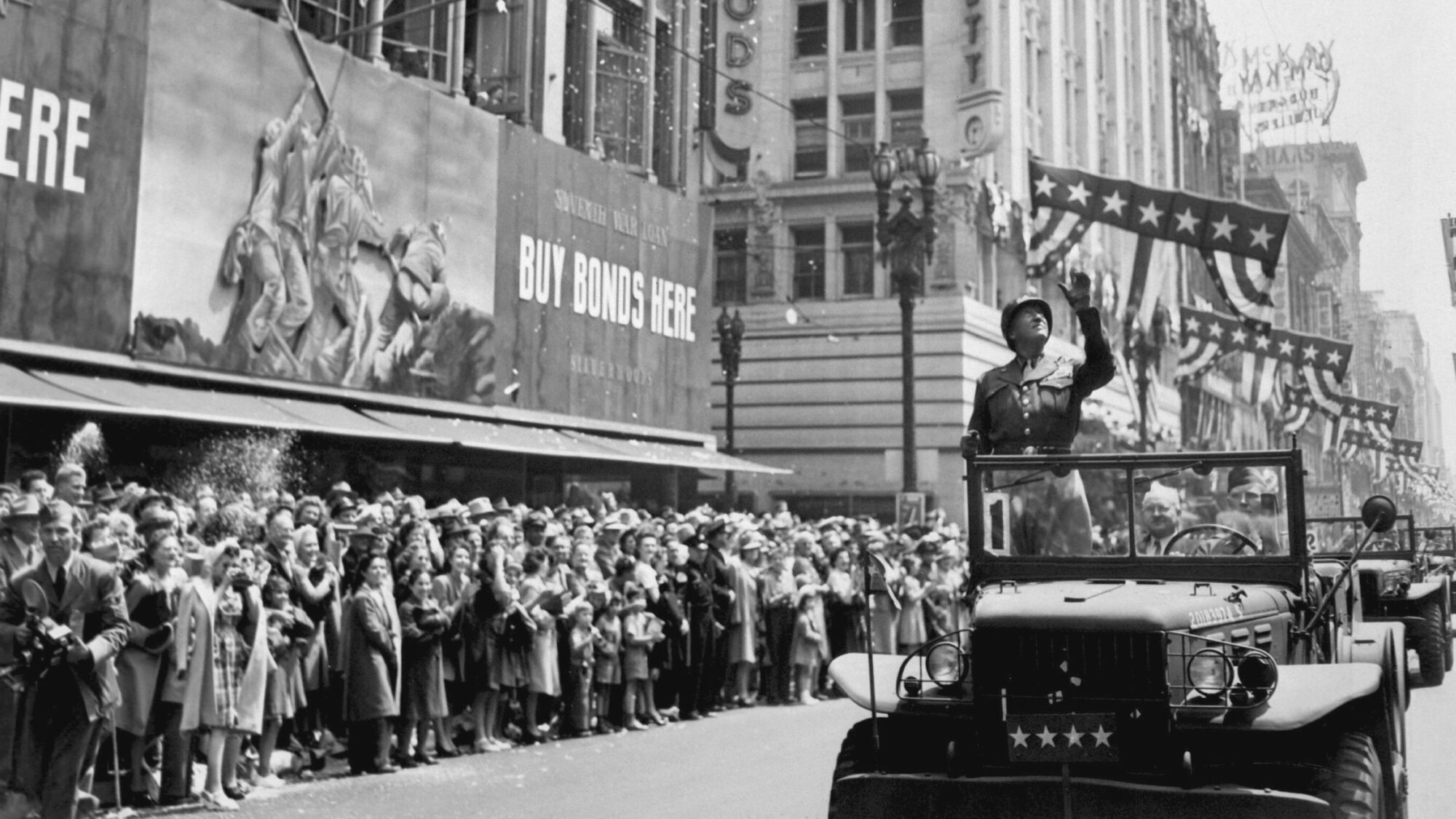
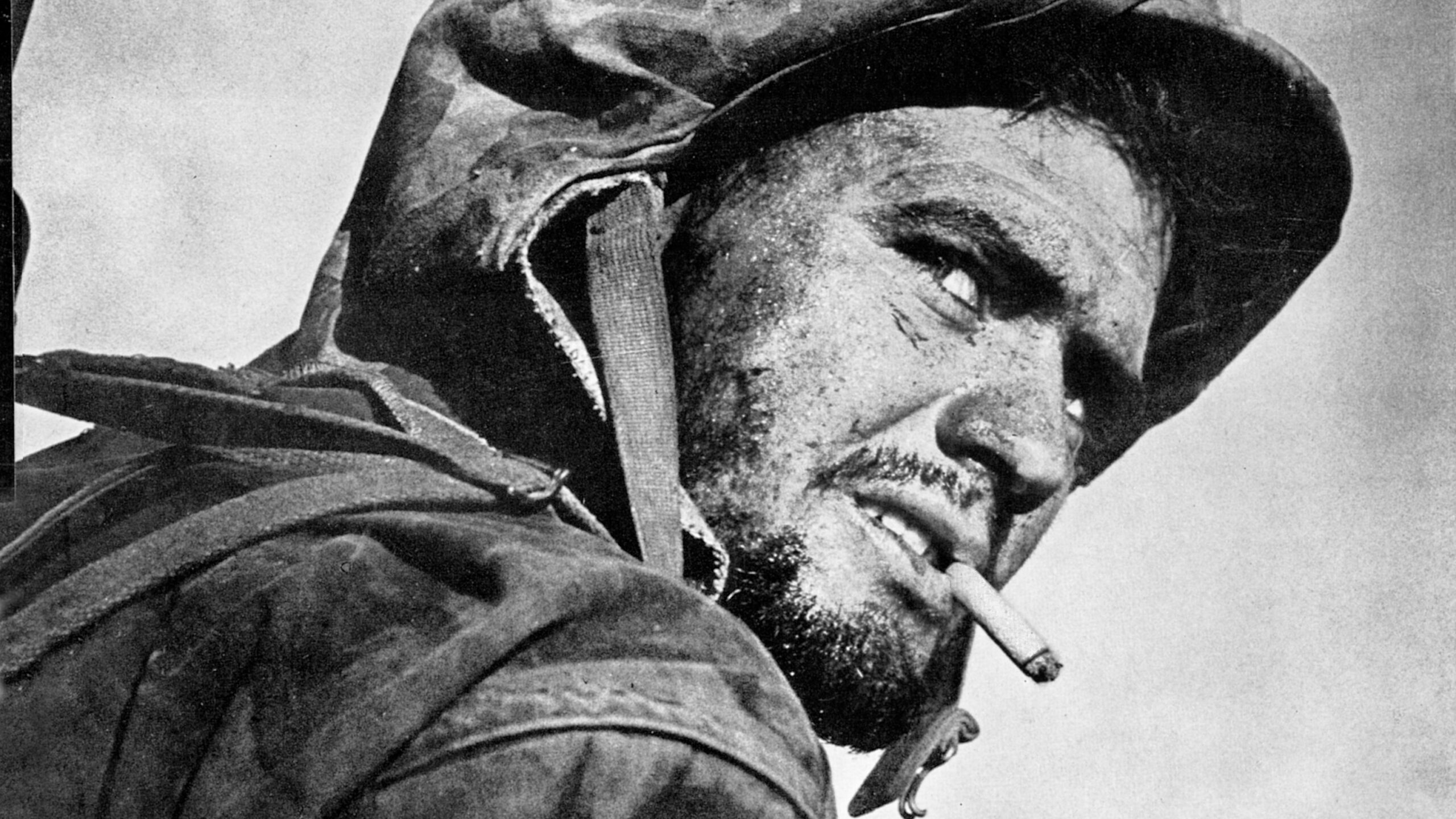
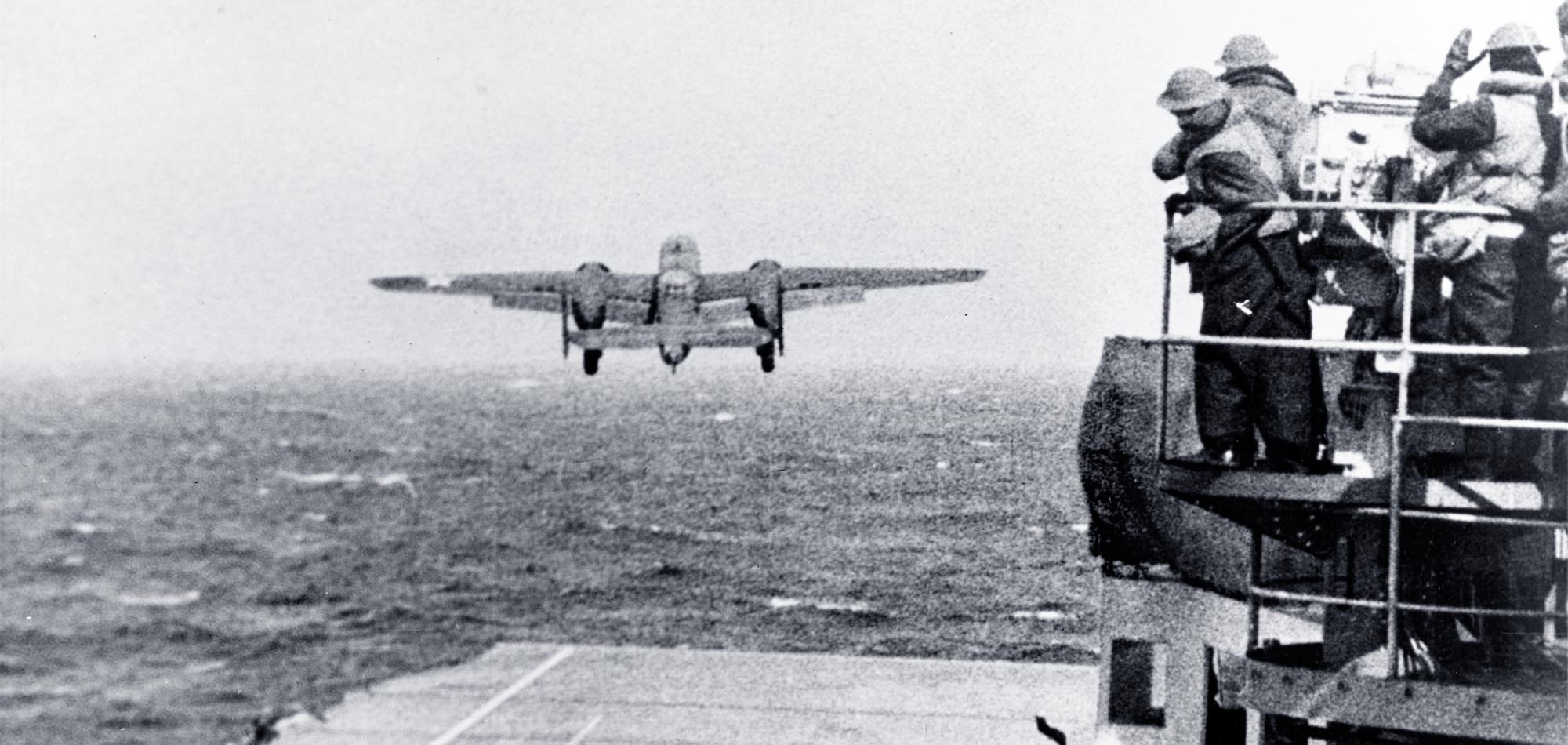
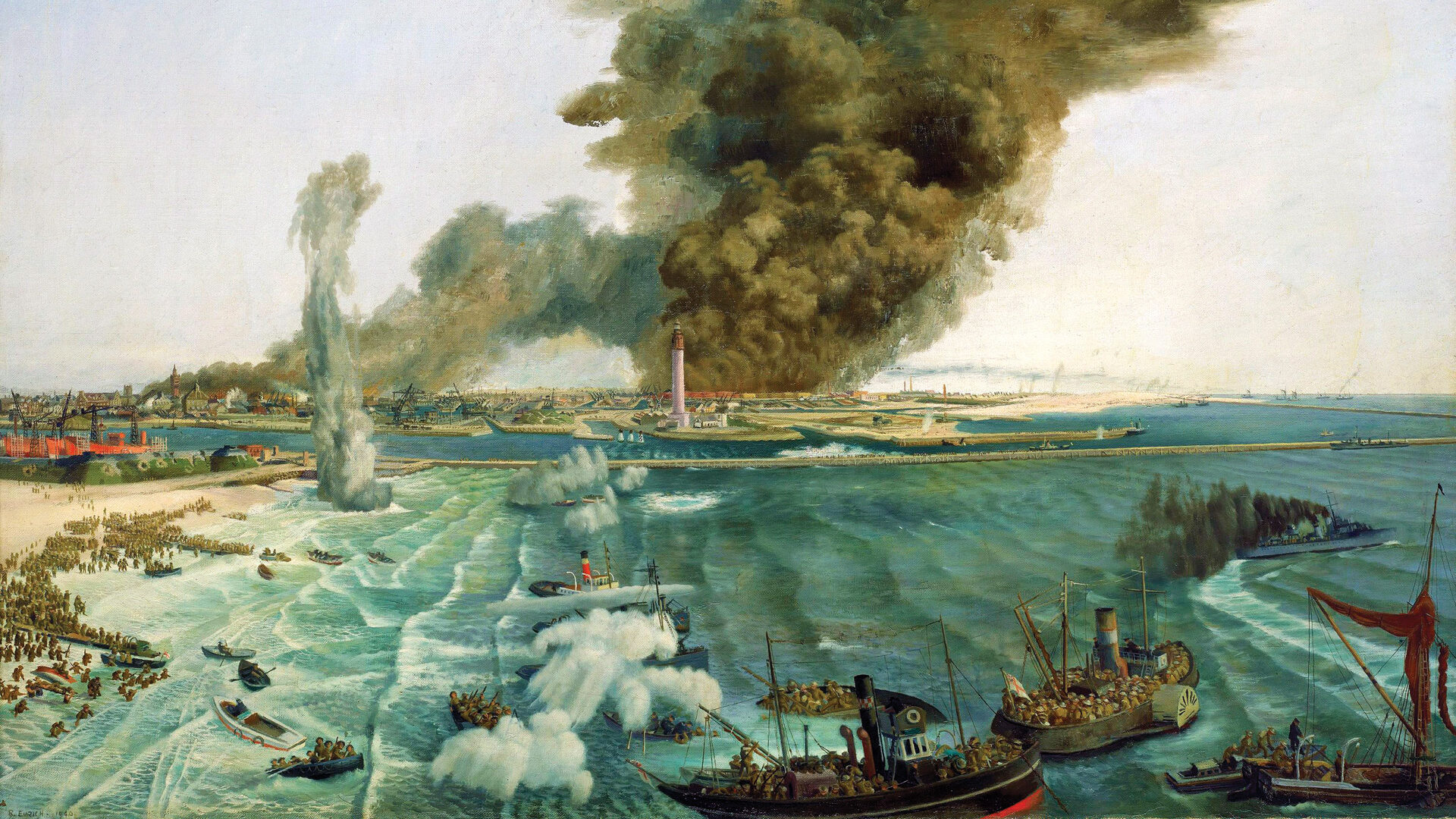
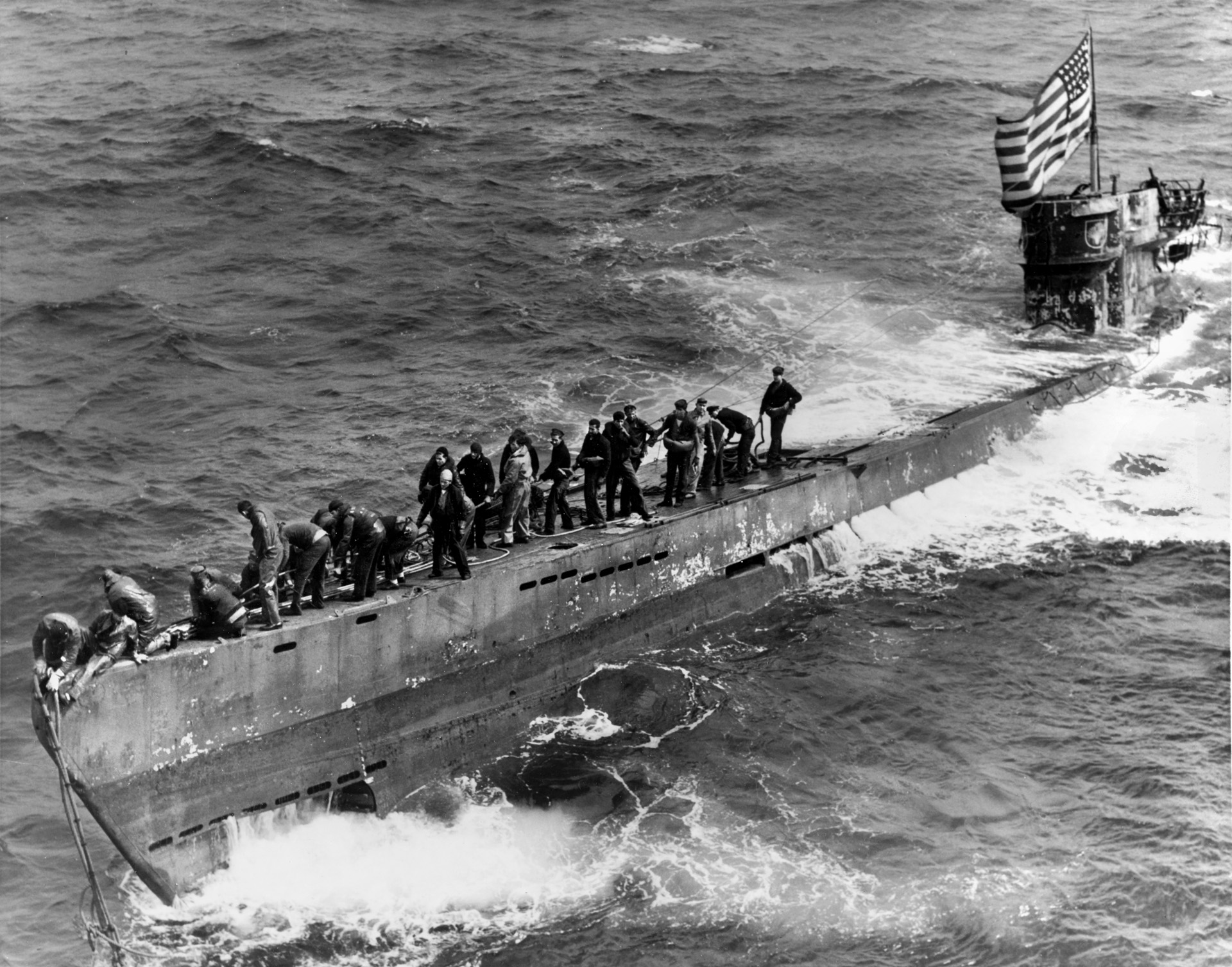
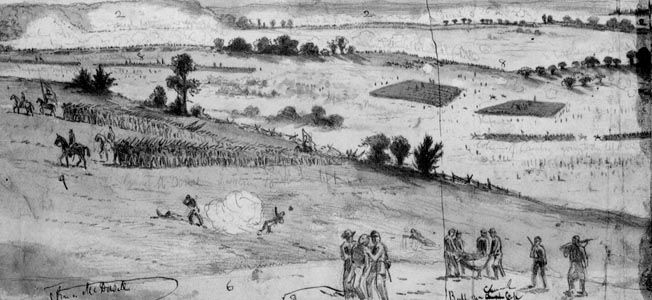
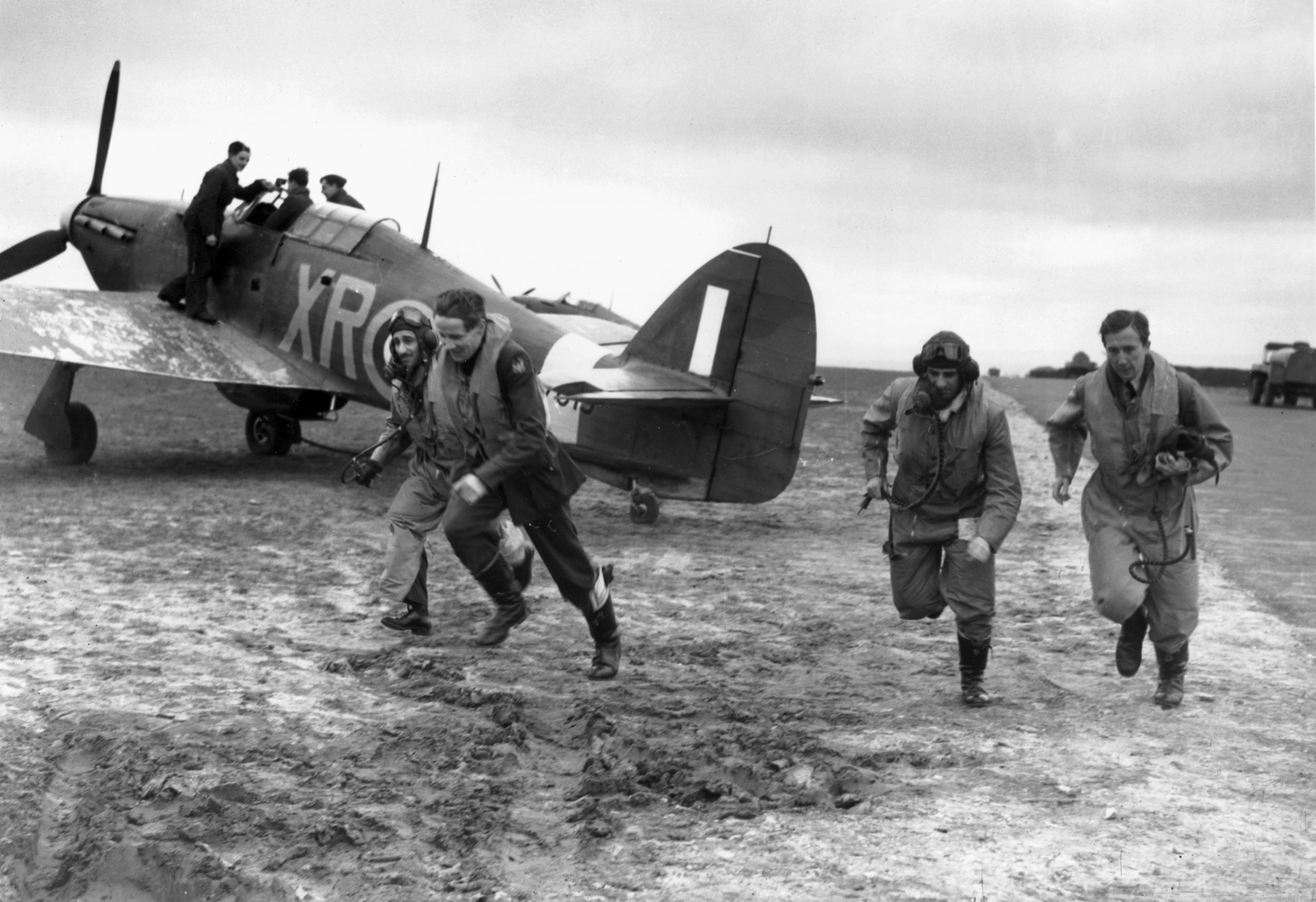
Join The Conversation
Comments
View All Comments